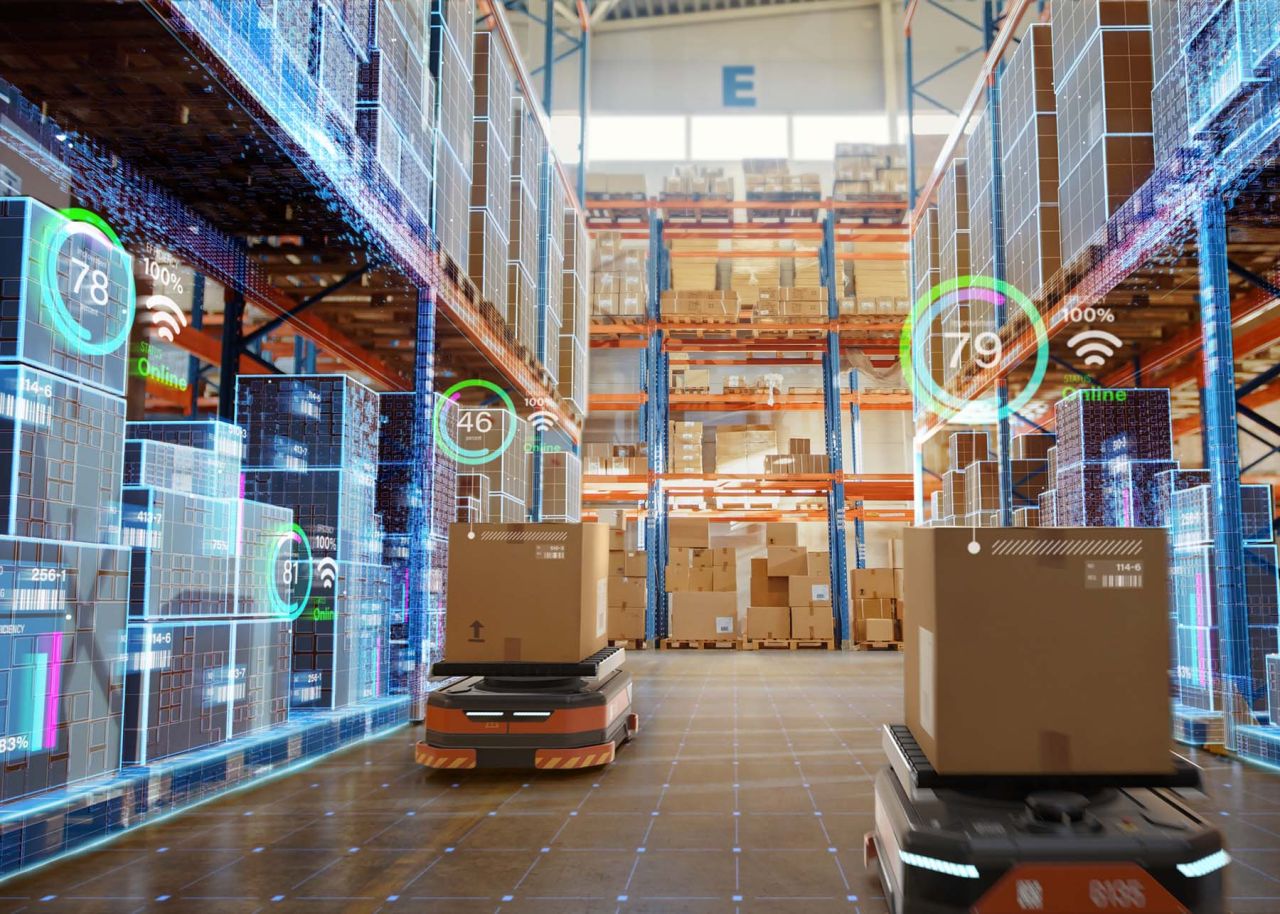Intelligent automation (IA) and robotic process automation (RPA) are some of the most hotly debated innovations in enterprise technology. Like it or not, IA and RPA signify the beginning of a trend that will only accelerate in the future.
While many fear the rise of automation forecasts a decline in jobs for the human workforce, it’s undeniable that intelligent automation tools are making business processes easier. For example, swapping manual data entry for RPA software helps businesses improve accuracy and increase the speed of their response to customer communications.
Beyond the notable gains in operational efficiency, intelligent automation is also improving the customer experience (CX) by boosting security, expanding self-service options, and reducing wait times.
Self-service translates to faster resolution
Self-service and IA go hand in hand. For example, implementing automation in the service desk can bring big benefits, with some use cases showing an immediate return on investment. Another impactful avenue for self-service and automation is chatbots; they can respond 24/7 to customer requests, improving the response time that customers receive.1
Meeting customer expectations is not always a speedy process, especially when it can take considerable work behind the scenes to complete transactions. IA and chatbots can do this work without the typical errors that can come from manual input. Shortening the communication cycle with self-service and bringing faster resolution to issues has an overwhelmingly positive impact on CX.
Better security boosts brand loyalty
Automation has a role to play in cybersecurity, as well. Less manual entry often means a reduction in errors and less opportunity for data leaks. Automation can search for modifications to active directory accounts, send alerts, remove access, and any number of other actions based on custom triggers set by the security team. RPA analytics dashboards can monitor security-related behavior, and work as an extension of the cybersecurity team. By taking those responsibilities out of the hands of the stretched thin information security professionals, RPA solutions automate a tedious and potentially vulnerable set of tasks.2
This impacts customer experience because when personal data or private information is required to do business with a company, consumers expect that, in exchange, their data will be safe and protected. Having tighter security practices in place with IA gives customers peace of mind and increases trust. This can go a step further, fostering a stronger sense of brand loyalty and translating to greater customer retention.
Conclusion
Organizations have a lot to gain from implementing IA and RPA practices in their business operations. The positive impact of IA on customer experience is hard to ignore. With the RPA market expecting to expand in the coming years, it’s a worthwhile investment for companies to implement.
Learn more about how CAI Intelligent Automation services helps professionals adopt RPA practices in their organizations.
Endnotes
- Bornet, Pascal. “Using Intelligent Automation to Improve Customer Experience: Uipath.” UiPath RSS. UiPath Inc., September 28, 2021. https://www.uipath.com/blog/automation/boosting-customer-experience-with-intelligent-automation. ↩
- “5 Ways RPA Can Improve and Enhance Cybersecurity Defenses.” Techtarget.com. https://www.techtarget.com/searchcio/robotic-process-automation/5-Ways-RPA-Can-Improve-and-Enhance-Cybersecurity-Defenses. ↩




